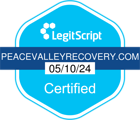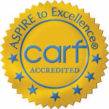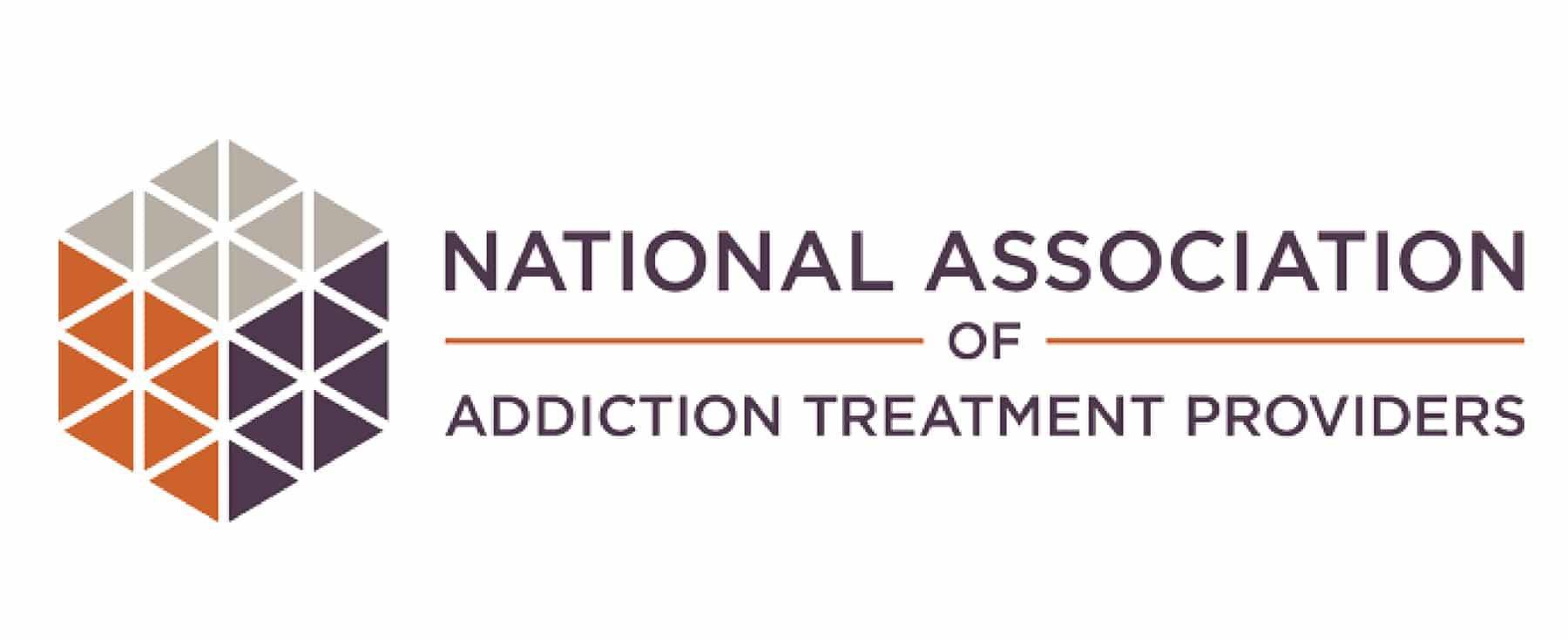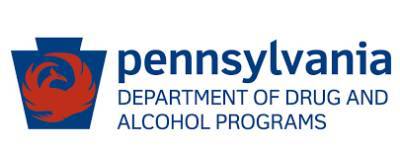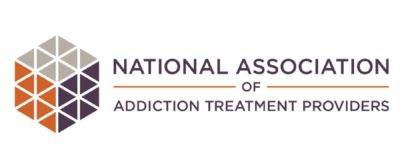Cocaine rehab facilities are there to provide support to people in recovery from this dangerous, stimulant drug. Although other drugs may have overtaken the spotlight recently, make no mistake – cocaine culture is still alive and well in the Keystone State.
Cocaine is a popular party drug in the bar and nightclub scene. It’s a quick-acting drug that gives the user a burst of excitement and energy, a great match for a night out on the town.
Many people start using cocaine casually, but what starts as infrequent recreational use can quickly spiral out of control.
It might seem like a weekend party drug has little potential to do much damage, but this is far from the truth. Cocaine abuse is common in the United States and can lead to long-term effects if it goes untreated.
Cocaine addiction treatment at Peace Valley Recovery provides care and support for individuals trying to quit using drugs. Continue reading to learn more.
More About Cocaine
Cocaine is a powerful stimulant drug with a high potential for abuse. It’s made from coca leaves, a plant found in South America. Despite its valid medical use under certain conditions, cocaine is a Schedule II substance with the Drug Enforcement Administration. Recreational use is illegal throughout the United States.
This doesn’t keep people from finding and using the drug, though. It’s usually found as a crushed white crystalline powder but is often cut with other substances, such as flour or talcum powder or other amphetamines, to increase profit.
Cocaine, also called coke, is an incredibly fast-acting drug. Users typically feel its effects with 5 to 10 minutes of ingesting it. But it’s also very short-lived since the high usually lasts no longer than an hour. This leads people to use it in binges, meaning they ingest large amounts in a short period to maintain their high.
Cocaine is popular in the party scene because its stimulating effects decrease drowsiness and increase awareness. It relieves some of the intoxicating feelings of alcohol use and allows users to drink greater amounts.
People usually snort cocaine or rub the powder into their gums, the quickest way to ingest the drug. Some mix the drug with water and inject it intravenously and others smoke a form of cocaine called crack cocaine.

Are Cocaine and Crack Cocaine the Same Thing?
Cocaine and crack cocaine (usually referred to as “crack”) are often confused by those who don’t use these drugs. They are not the same thing. Cocaine is derived directly from the coca plant and, although it’s commonly cut with additional substances, more “pure” than crack. Its effects both come on and leave quickly, but is no comparison to crack.
Crack cocaine, on the other hand, is made by mixing cocaine with water and baking soda to make a rock crystal. Users then heat the crystals in a crack pipe and inhale the vapors into their lungs. The effects of smoking crack are intense and almost immediate but they last for only 5 to 10 minutes before the user needs another hit.
While the stimulating effects of cocaine alone are addictive, crack cocaine is on another level. Crack is a notoriously difficult drug to quit using. It interacts with the nervous system and quickly causes users to develop a dependency. The extremely short high causes an even greater level of binge use to keep their high going.
Cocaine Statistics
Cocaine is one of the most used illicit substances among people in the United States. After a downward trend in the late 2000s, cocaine use rose again over the past few years. High rates of cocaine use have held steady over the past few years, behind marijuana, prescription medications, and hallucinogens.
Over 5.5 million people in the United States ages 12 and older, or 2 percent of that population, reported using cocaine at least once in the past year. Additionally, 17 percent of people ages 26 and older have used the drug at least once during their lives. Although some may have used cocaine only once, this is still a staggering number of users.
Although the above figures do include crack cocaine use, the rate of crack use alone is far lower. Of those 5.5 million people who used cocaine, 757,000 reported the use of crack cocaine. This equates to 0.3 percent of the population, lower than the number of methamphetamine or heroin users in the U.S., but still a severe addiction to overcome.
Cocaine users are not immune to the dangers of death due to overdose either. 14,666 individuals died of a cocaine overdose in 2018, more than any drug aside from opiates and opioids. People using large amounts of cocaine, or who mix it with other substances, put themselves at a high risk of overdose.
Substance use disorders involving cocaine are also important to consider. An estimated 997,000 people over the age of 11 reported having a cocaine use disorder, or 0.4 percent of the population. Cocaine use of any kind is dangerous but individuals with a cocaine use disorder will benefit from cocaine rehab.
Cocaine Use and Abuse Statistics: Learn the Facts
Cocaine is a dangerous drug, and there are a lot of people in the U.S. who abuse it recreationally. According to reports from the DEA office:
- Cocaine has been identified as the third most likely drug to appear in drug-related overdose death toxicology reports.
- 33% of all drug overdose deaths in Pennsylvania involve the use of cocaine.
- This has remained relatively the same for a few years.
- In 2017, 32% of all drug overdose deaths involved the use of cocaine.
Furthermore, cocaine was involved in drug overdose deaths in almost all age groups in 2018. It was involved in:
- 23% of drug overdose deaths among people aged 15-24.
- 29% of drug overdose deaths among people aged 25-34.
- 34% of drug overdose deaths among people aged 35-44.
- 39% of drug overdose deaths among people aged 45-54.
- 34% of drug overdose deaths among people aged 55-64.
- 36% of drug overdose deaths among people aged 65-74.
Signs and Symptoms of Cocaine Addiction
Are you concerned that someone you love might have a cocaine addiction? If you think they might have a problem with their use, it helps to know which types of signs to look for. Some signs of cocaine abuse can include:
- Side effects of recent cocaine use include dilated pupils, being overly talkative, restlessness, and hyperactivity
- Sudden changes in mood or confidences levels
- Insomnia or struggles with sleeping
- Decrease in appetite
- Noticeable weight loss
- Unexplained nosebleeds or overly runny nose
- Burn marks on the hands or mouth area
- Cocaine paraphernalia, including small plastic baggies, razor blades, straws, or rolled up bills
- Secretive behavior
- Difficulties with finances
- Asking to borrow money without repayment
Not everyone will show the same side effects, but this is a general list of what you can expect. And noticing these signs doesn’t necessarily indicate a concern. As people fall deeper into their addiction, though, the signs become more noticeable and the need for cocaine rehab will become apparent.
If you’re worried about the signs you’ve noticed in your loved one, try to have a conversation with them. Don’t confront or accuse them, but come to them in a compassionate and caring manner. There are resources available to assist you in approaching your loved one and expressing your concern with the help of a neutral third party.

Cocaine Withdrawal
People who use regularly use cocaine for extended periods develop tolerance and eventual dependence on the drug. As with other addictive substances, suddenly quitting cocaine without medical attention can lead to withdrawal symptoms. Cocaine withdrawal symptoms may include:
- “Crashing,” or the intense physical and emotional comedown after the rush of the leaves
- Intense cravings for cocaine
- Fatigue or sleepiness
- Losing pleasure or interest in activities that were once enjoyable
- Anxiety or depression
- Agitation or frustration
- Mood swings
- Paranoia
Cocaine withdrawal symptoms differ from other drugs because they usually aren’t visible. In most cases, there are no signs like tremors, nausea, or vomiting seen in withdrawal symptoms from other substances.
The lack of noticeable physical symptoms doesn’t make the detox process any less intense, though. Quitting cocaine without the help of treatment, especially for those who mix cocaine with other substances, can lead to a dangerous outcome. Seeking help from cocaine rehab will provide the safest and most effective transition into recovery.
Getting Treatment for Cocaine Addiction: Options for Rehab
People in need of cocaine rehab in PA need to know what their options are for treatment. Not every type of rehab will work or be appropriate for everyone. Finding the right fit is critical. It is always a good idea to talk with a professional and get a recommendation prior to starting rehabilitation.
Cocaine Detox Programs
Cocaine is a drug that results in withdrawal symptoms when it is stopped. But not everyone will need to go through the detoxification process with this drug. Some people will because of the severity of their symptoms.
Cocaine withdrawal symptoms can include:
- A depressed mood.
- Overwhelming fatigue.
- A feeling of discomfort.
- An increased appetite.
- Feelings of agitation and restlessness.
- Unpleasant dreams.
- A general slowing down of activity.
Cravings and depression can last as long as several months for people who have been long-term, heavy cocaine users. Withdrawal can also lead to suicidal thoughts. Medications can be prescribed to help with some of these symptoms and holistic treatments may be effective as well.
Inpatient Cocaine Rehab Centers
Inpatient treatment for cocaine addiction will involve a 28-day stay in a facility. If detoxing is recommended, that will be done upon arrival. Afterward, the patient will transition into rehab.
Inpatient rehab involves multiple types of therapy in both individual and group settings. The goal is to determine the cause of the addiction so that it can be treated appropriately. For many people, using cocaine has offered them a reprieve from symptoms of depression or another mental illness. In cases like these, patients have co-occurring disorders that must be treated during rehab.
People often do very well with inpatient programs for cocaine addiction. They learn the coping skills they need to be able to avoid relapsing.
Long-Term Rehab Facilities
While inpatient rehab is beneficial, it is not right for everyone. Sometimes people need a longer period of time to recover from their cocaine addictions. In cases like these, long-term or residential treatment is typically recommended.
Patients are able to go to long-term rehab for several months while they receive treatment. They may go through detox and participate in therapy sessions and other activities during that time. This level of care often works well for people with a history of relapsing.
PA Outpatient Treatment for Cocaine Addiction
Outpatient rehab for cocaine addiction can also work well for some people under the right circumstances. But it is important to note that not every level of care is right for everyone. There are three main types of outpatient treatment programs.
- Partial Hospitalization Programs – PHPs operate during the day and patients usually stay all day long while they receive treatment. They may need to come to the program as often as 5-7 days every week. During that time, they receive various types of therapy to help them with recovery.
- Intensive Outpatient Programs – IOPs are similar to PHPs, but they offer more flexibility. Clients participate during the evening hours, which makes it possible for them to continue going to work and school. They may be required to have drug testing done and their appointments may be as often as 3-5 times per week.
- Outpatient Rehab and Therapy – Outpatient treatment programs involve individual therapy sessions, although some may also provide group therapy. This is the lowest level of care available, so it is generally not recommended for people who are new to recovery.
Sober Living Homes
Sometimes, once rehab is over, people may not have safe places to return home to. This can not only be frustrating, but it can undo all their hard work during rehab. Sober living homes offer them an alternative to going home. They provide a living environment that is centered on recovery.
Sober living homes usually have strict rules that must be followed at all times. Most have a zero-tolerance policy regarding drug and alcohol use. Residents are required to pay rent every month, although they typically do not have to pay a security deposit. They may also have to contribute to the household in some way, such as by making meals or doing chores.
All sober living home residents are required to obtain their own outpatient rehab program. They must attend it faithfully and remain compliant with it.
The Role of Cocaine Rehab in Recovery
Although the dangers of cocaine abuse are real, it doesn’t necessarily lead to the same physical dependence as other substances do. This might cause some people to think they can quit on their own without the help of cocaine rehab.
While this might be true for some, cocaine addiction is still an addiction. And addiction is not about the substances so much as it is about the psychological reasons for using drugs in the first place. Quitting cocaine use is only the first part of working through cocaine addiction. There is plenty more work to do once the substances clear from their system.
Cocaine rehab plays an important role in recovery because it addresses the root cause of addiction: incorrect thinking patterns and poor coping skills. Participating in a cocaine addiction treatment program identifies each person’s stumbling points, then provides support and encouragement as they work through them.
Those who try to quit using without addressing the psychological component of addiction often relapse, or they see their addiction play out in other areas. They may turn to other types of drugs or alternative addictions like gambling or sex. These alternatives create a new cycle of addiction that simply results in the same problem with a different name.
Cocaine Addiction: Rehab and Overdose FAQs
Cocaine abuse and addiction have been major problems in the U.S. for many years. It is possible to overdose on cocaine, which makes it a very dangerous drug. Although rehab options are available to those who need them, they are often reluctant to take the necessary steps to get treatment.
We want to help by answering some frequently asked questions about cocaine addiction, overdose, and rehab options.
Frequently Asked Questions: Cocaine Addiction, Overdose and Rehab
Other Addiction Treatments in Pennsylvania
Attending Cocaine Rehab at Peace Valley Recovery
Cocaine rehab is much more than stopping using drugs. If you’re struggling to control your cocaine use, reach out and ask for help. You’ll soon realize what a helpful resource addiction treatment can be once you start. Addiction tends to be an isolating disease. As your substance use increases, people who can’t keep up with you tend to fall to the wayside.
At Peace Valley Recovery, we understand that effective treatment should be comprehensive. It shouldn’t function only to separate you from your substance of choice and send you on your way. Cocaine rehab should look at you as a whole person and provide you with a clear, individualized path to recovery. And that’s exactly what we do.
We’re here to help you every step of the way, from the moment you make the first call to the day you finish your program. Cocaine addiction doesn’t have to stand between you and the rest of your life. Pursuing a drug-free life of recovery lets you get back to the best parts of life, from friends and family to hobbies and activities, and more.
There is so much to live for outside the cycle of addiction. Call us today and take that first step toward a life of freedom from addiction’s chains. We are here to help you discover what’s waiting for you as you approach your new path.


